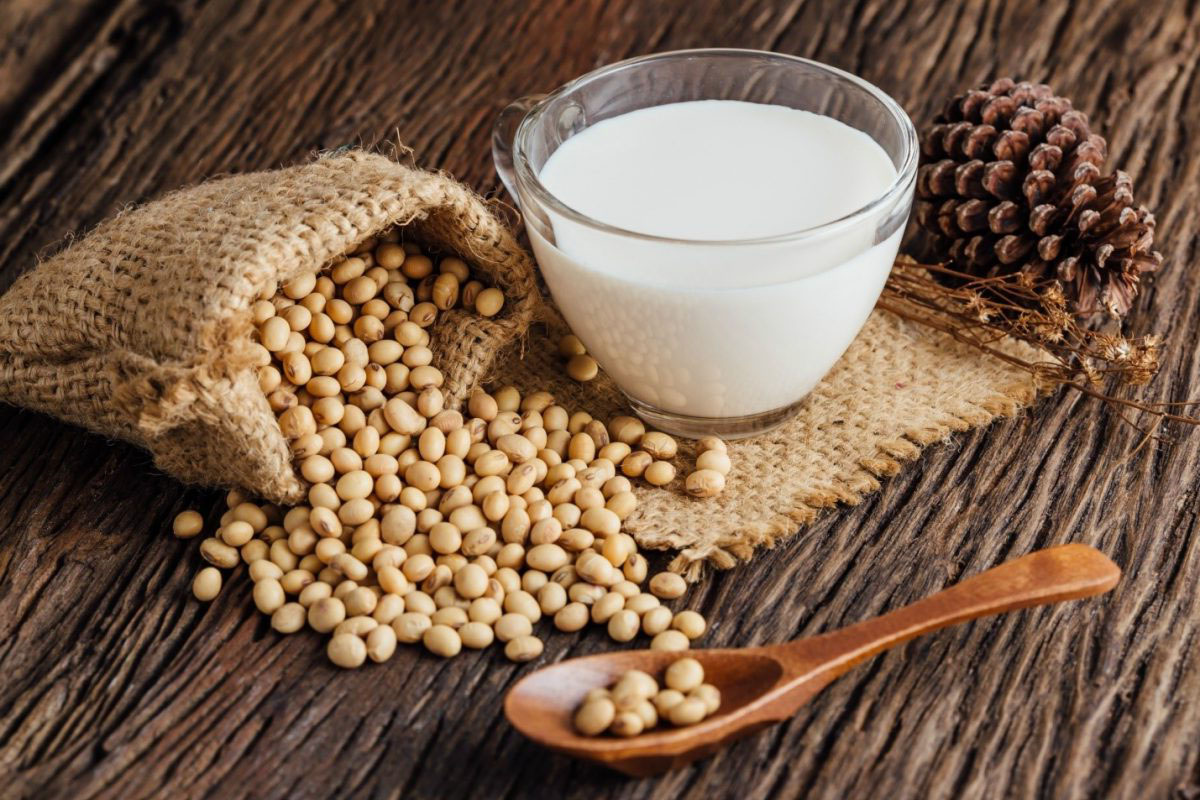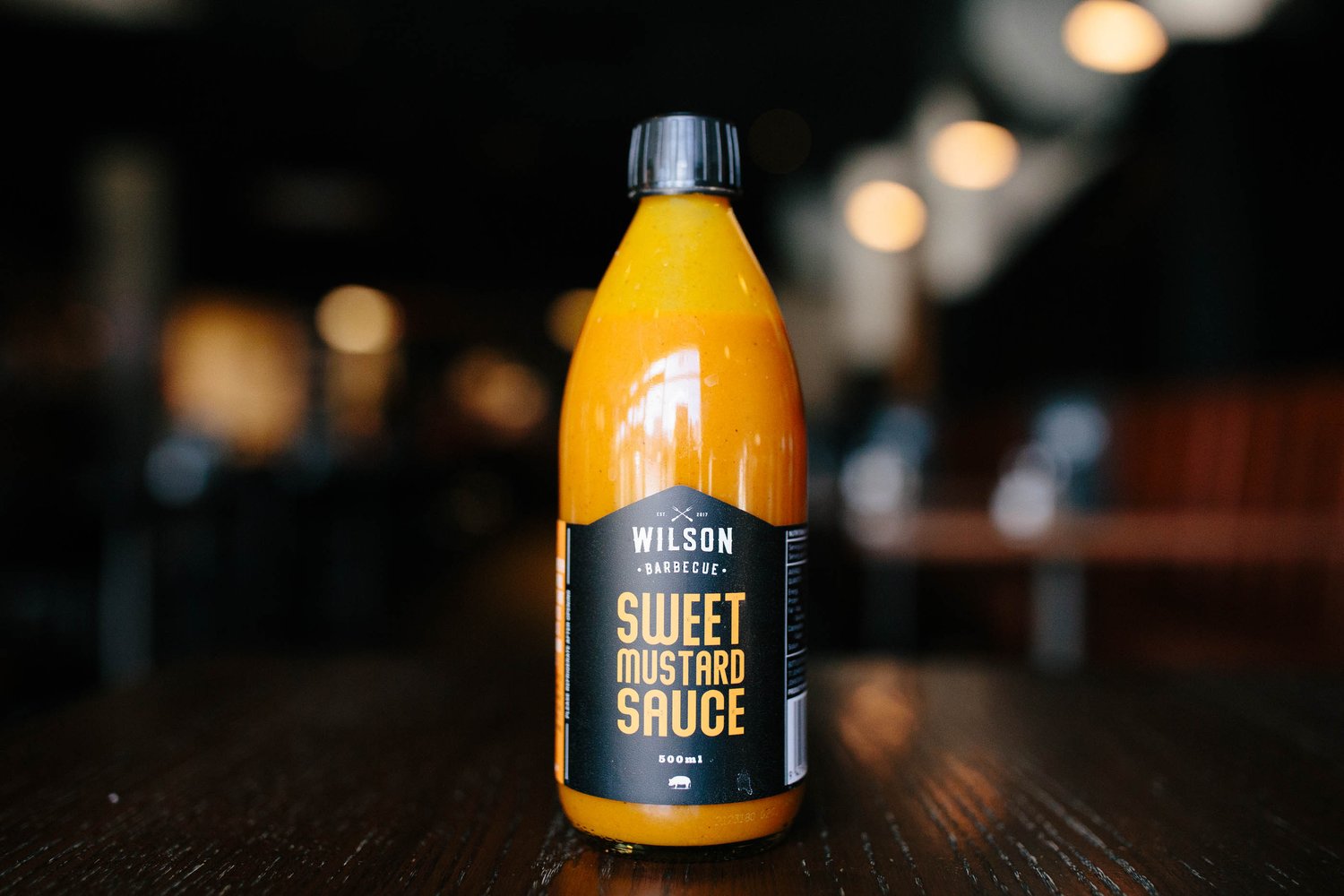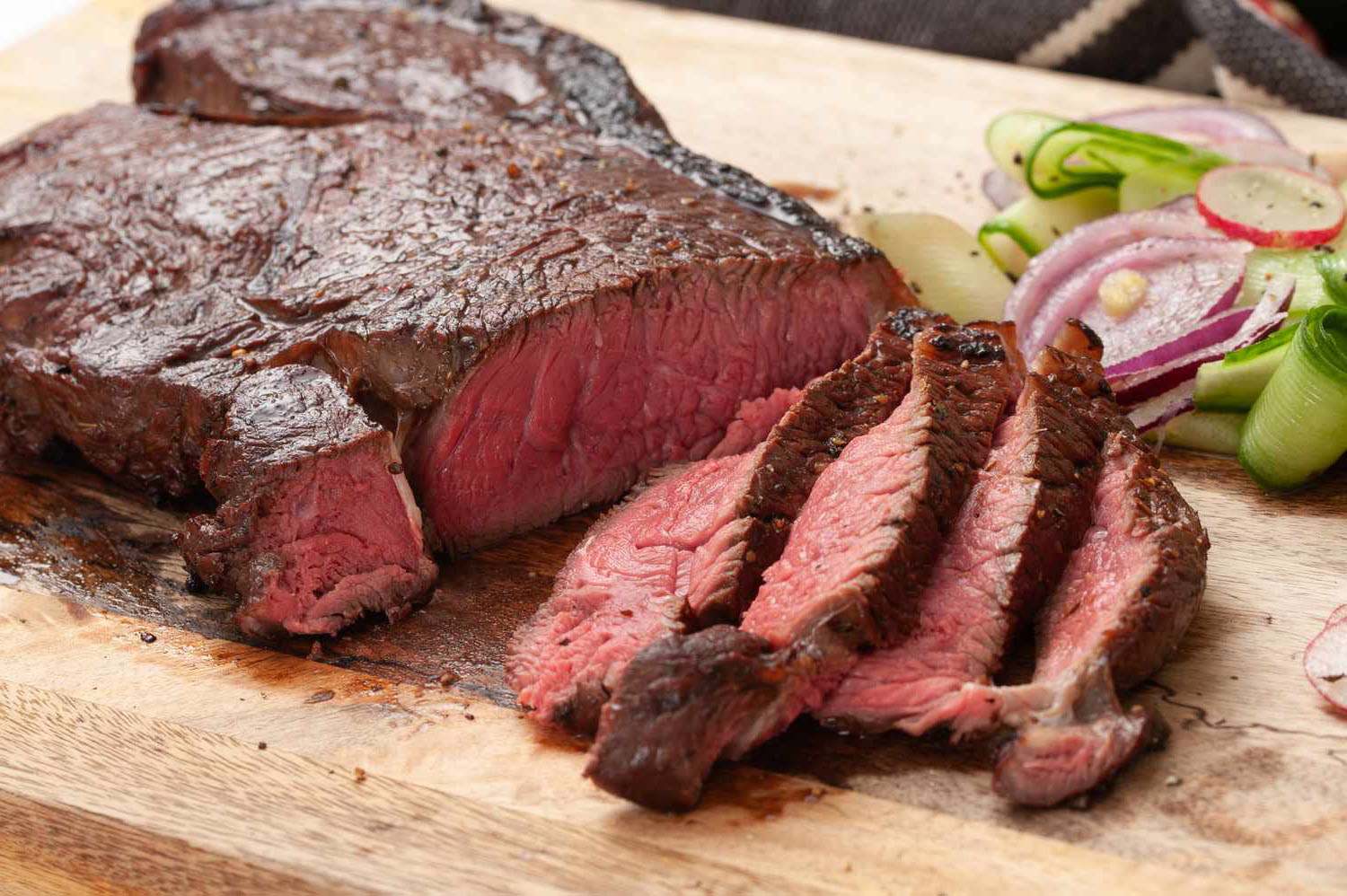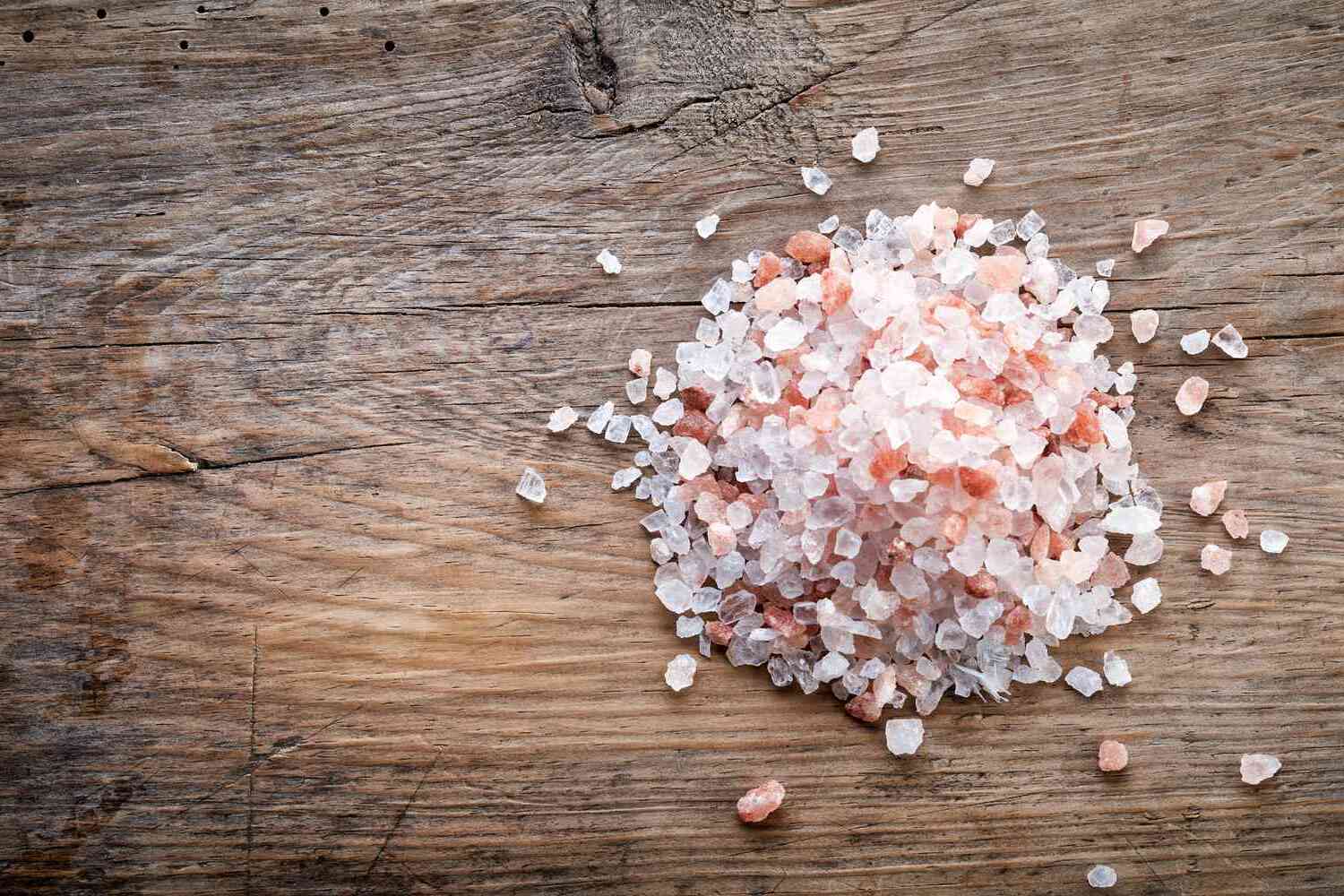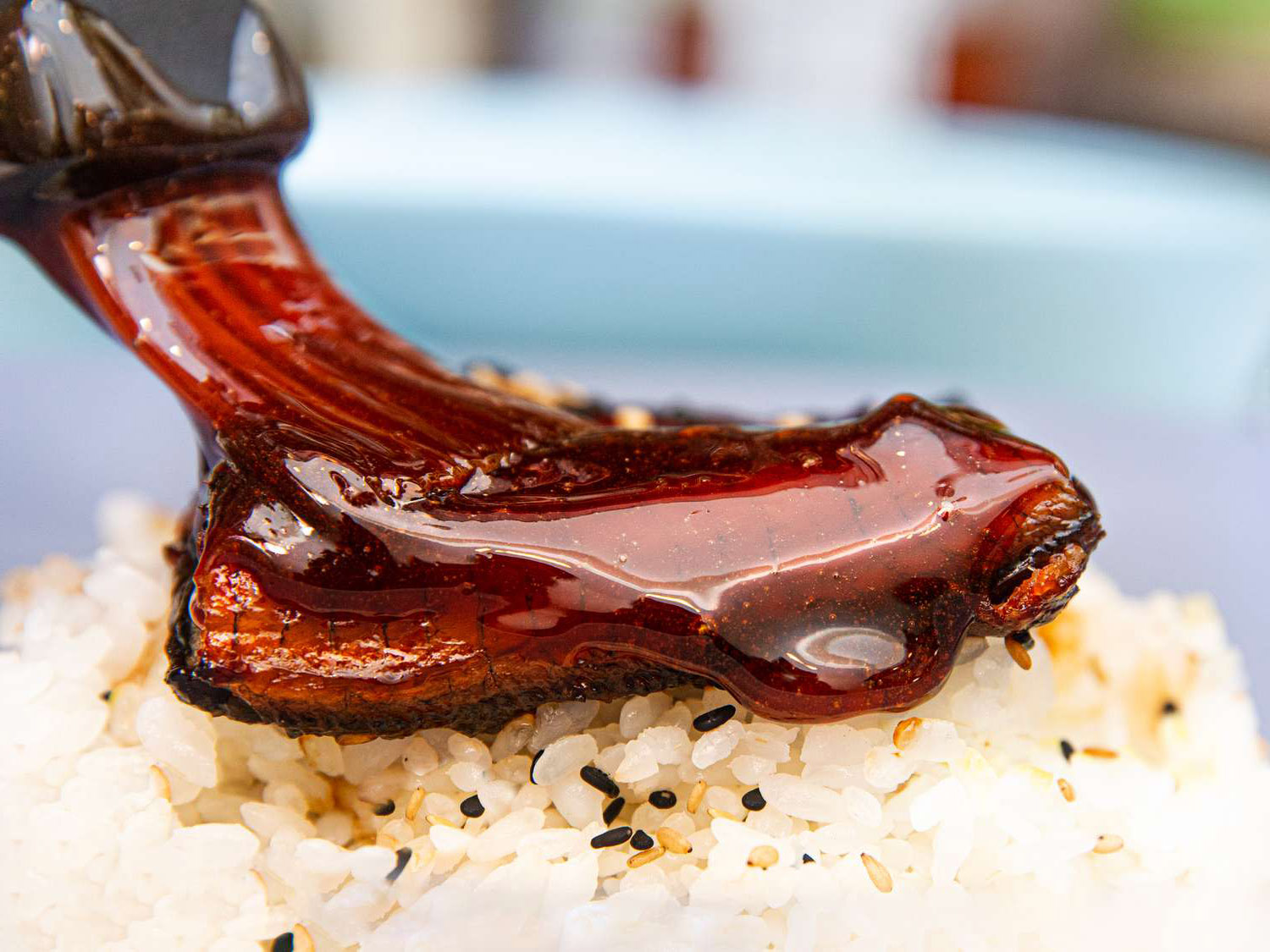When it comes to seafood, haddock is a popular choice for many people. This fish is known for its mild flavor and flaky texture, making it a versatile ingredient in various dishes. However, one part of the haddock that often gets overlooked is its skin. Haddock skin is not only edible but also offers a range of benefits and uses that are worth exploring.
What Is Haddock Skin?
Haddock skin refers to the outer layer of the fish, which is typically removed before the fish is cooked and served. However, in recent years, there has been a growing interest in utilizing haddock skin in culinary applications. The skin is thin and has a slightly tougher texture compared to the flesh of the fish.
Culinary Uses of Haddock Skin
While haddock skin is often discarded, it can actually be repurposed in various ways in the kitchen. Here are some popular culinary uses for haddock skin:
-
Crispy Snack: When fried or baked, haddock skin can be transformed into a crispy and flavorful snack. Seasoned with salt and spices, haddock skin can be a delicious alternative to traditional potato chips.
-
Stock and Broth: Haddock skin can be used to enhance the flavor of stocks and broths. When simmered with other ingredients, the skin releases a rich umami flavor, adding depth to soups and sauces.
-
Fish Tacos: Crispy haddock skin can be used as a crunchy topping for fish tacos, adding a textural contrast to the soft tortillas and flaky fish.
-
Sushi and Sashimi: In Japanese cuisine, haddock skin can be used to create a crispy and savory element in sushi and sashimi dishes.
Nutritional Benefits of Haddock Skin
In addition to its culinary uses, haddock skin also offers nutritional benefits. The skin of the haddock is a good source of collagen, a protein that supports skin, joint, and bone health. Collagen is also beneficial for hair and nail growth, making haddock skin a valuable addition to a balanced diet.
Sustainability and Waste Reduction
Utilizing haddock skin in cooking aligns with the principles of sustainability and waste reduction. By making use of the entire fish, including the skin, chefs and home cooks can minimize food waste and maximize the value of the haddock.
Conclusion
In conclusion, haddock skin is a versatile ingredient that can be repurposed in various culinary applications. From crispy snacks to flavorful broths, haddock skin offers a range of uses and benefits. By incorporating haddock skin into cooking, individuals can explore new flavors, reduce waste, and embrace a more sustainable approach to food preparation. So, the next time you prepare haddock, consider saving the skin and getting creative with its culinary potential.
Was this page helpful?
Read Next: What Is Hog Maw


